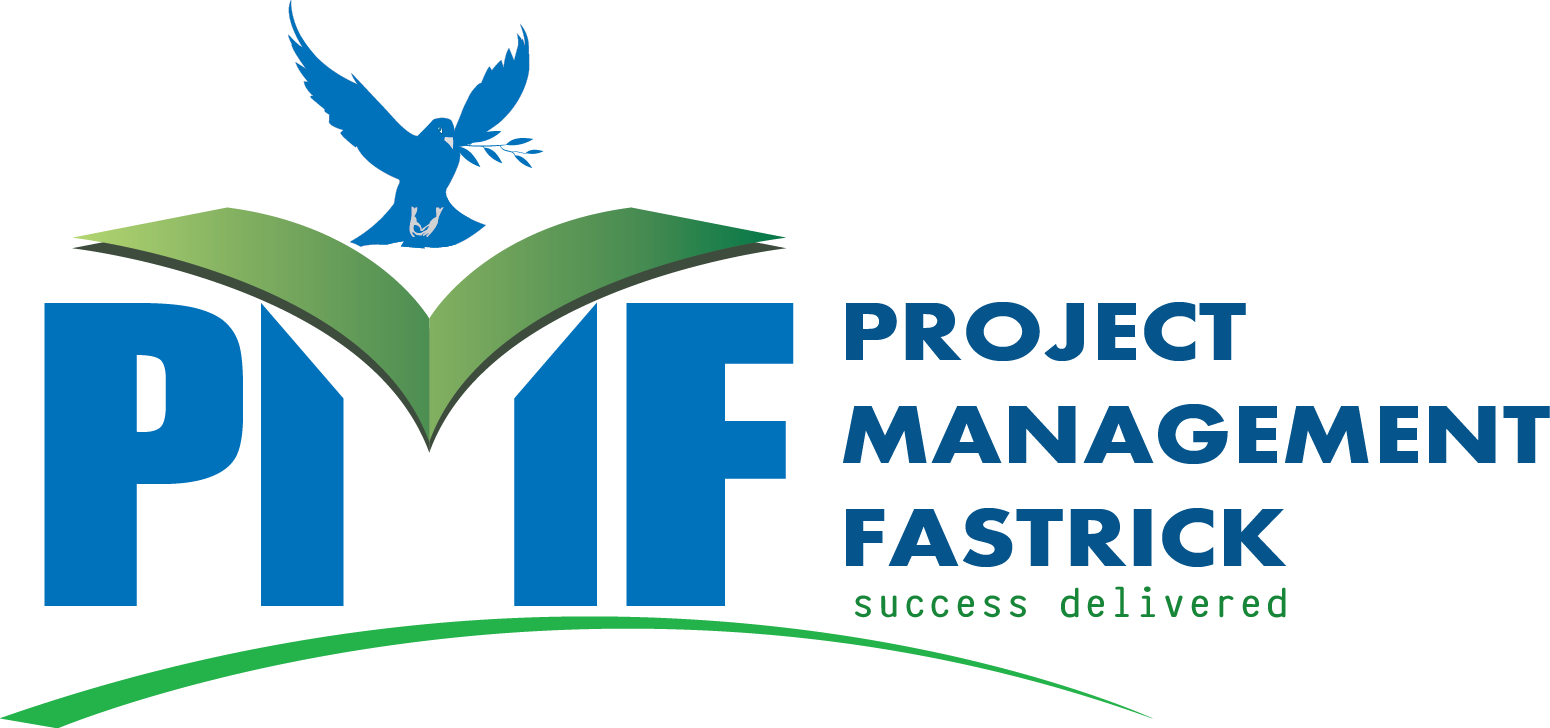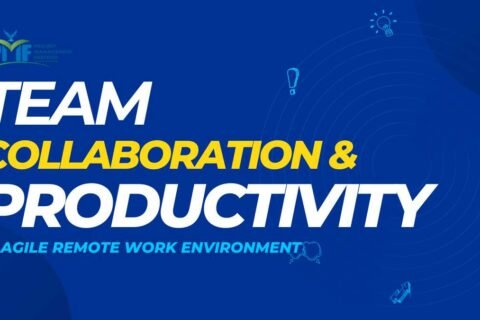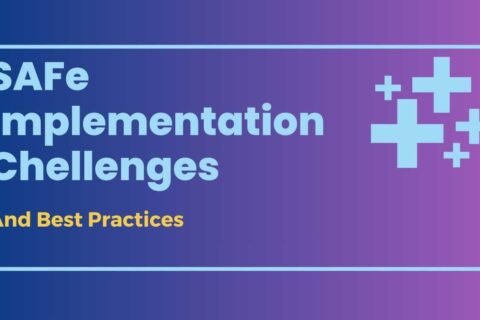
Agile Transformation: Strategies for Successfully Transitioning to Agile Methodologies
Abstract:
The traditional, waterfall approach to project management often struggles to keep pace with the dynamic nature of modern business. Agile methodologies, with their emphasis on flexibility, iterative development, and continuous improvement, offer a compelling alternative. This paper explores the key strategies for successfully transitioning organizations to agile methodologies. We examine the different phases of agile transformation, potential challenges, and best practices for overcoming them. Additionally, the paper showcases real-world case studies to illustrate the successful implementation of agile practices.
1. Introduction
In today’s rapidly evolving business landscape, the ability to adapt and respond quickly to change is paramount.Traditional, waterfall-based project management methodologies often create rigid structures and hinder innovation.Agile methodologies, on the other hand, emphasize collaboration, iterative development, and continuous feedback,making them well-suited for the modern business environment. However, transitioning to agile practices can be challenging and requires careful planning and execution.
2. Phases of Agile Transformation
- Assessment: Analyze the current state of the organization, identify areas for improvement, and assess readiness for change.
- Planning and Strategy: Develop a clear roadmap for the transformation, establish goals, and identify key stakeholders.
- Training and Education: Equip employees with the knowledge and skills necessary for successful agile implementation.
- Pilot Implementation: Begin with a small-scale agile project to test the methodology, identify potential roadblocks, and refine the approach.
- Scaling Up: Gradually expand the use of agile practices across teams and departments, ensuring alignment and consistency.
- Continuous Improvement: Regularly assess progress, identify areas for improvement, and adapt the agile practices as needed.
3. Potential Challenges in Agile Transformation
- Change Management: Transitioning to agile can be disruptive for some employees accustomed to traditional methods. Effective change management strategies are crucial to address resistance and ensure employee buy-in.
- Cultural Shift: Agile methodologies require a shift from hierarchical structures to a more collaborative and self-organizing environment. Fostering a culture of transparency, trust, and ownership is essential.
- Skills Gap: Employees may lack the necessary skills and knowledge to work effectively in an agile environment.Investing in training and development programs is crucial to bridge the skill gap.
- Metrics and Measurement: Traditional project management metrics may not be suitable for agile projects.Defining and measuring success based on new parameters, such as value delivered and team velocity, is essential.
- Integration with Existing Systems: Agile practices may need to be integrated with existing tools and systems to ensure a smooth workflow.
4. Best Practices for Successful Agile Transformation
- Leadership Commitment: Strong leadership support and active participation from senior management are critical for a successful agile transformation.
- Focus on Value Delivery: Shift the focus from project completion to delivering value to customers early and often through iterative development cycles.
- Empowerment and Self-Organization: Empower teams to make decisions, manage their work, and hold themselves accountable.
- Communication and Collaboration: Promote open communication and collaboration across teams and departments.
- Continuous Feedback and Improvement: Embrace a culture of continuous learning and feedback. Regularly assess progress, identify areas for improvement, and adapt the agile practices accordingly.
5. Case Studies
- Case Study 1: Company X: A large financial institution successfully transitioned to agile methodologies by focusing on building cross-functional teams, investing in training, and establishing clear metrics for measuring success.
- Case Study 2: Company Y: A leading software development company adopted an agile approach to enhance product development speed and customer satisfaction. They achieved this by implementing short sprints, daily stand-up meetings, and user story-driven development.
6. Discussion
The case studies illustrate how organizations from different industries have successfully implemented agile methodologies by addressing the specific challenges and adopting best practices. While the specifics may vary, the core principles of strong leadership support, a focus on value delivery, empowered teams, and continuous improvement remain consistent across successful agile transformations.
7. Conclusion
Transitioning to agile methodologies requires a strategic approach, a commitment to change, and a continuous learning mindset. By addressing potential challenges, implementing best practices, and learning from successful case studies,organizations can unlock the full potential of agile and gain a competitive edge in the dynamic business environment.
8. Further Research
- Explore the impact of agile methodologies on specific industries (e.g., healthcare, manufacturing)
- Analyze the effectiveness of different agile frameworks (e.g., Scrum, Kanban) in various contexts.
- Investigate the role of technology in facilitating successful agile transformations.






